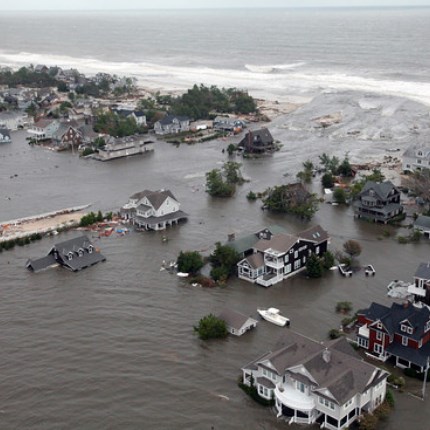 Property owners who pay for insurance to protect their homes against flooding would be required to have their insurance premiums automatically set aside in escrow accounts under regulations proposed Friday.
Property owners who pay for insurance to protect their homes against flooding would be required to have their insurance premiums automatically set aside in escrow accounts under regulations proposed Friday.
The rules proposed by U.S. bank regulators could help ensure that homeowners who live in flood-prone areas stay current on their flood-insurance bills.
Standard homeowners-insurance coverage excludes flood damage, but federally regulated lenders are required to make sure their borrowers in flood-prone areas have special insurance policies that cover flooding. Still, some consumers drop the coverage. If that happens, lenders can impose an insurance policy on the borrower, through a kind of insurance known as force-placed insurance, which is often more costly.
The escrow requirement would impact new and refinanced loans made after January 1, 2016, under the rules proposed by the Federal Reserve, the Office of the Comptroller of the Currency and other regulators.
Banks and credit unions had previously been required to set up escrow accounts for flood insurance by July 2014, but that deadline was extended under legislation passed this year.
The flood-insurance market is dominated by the federal government’s National Flood Insurance Program, which covers 5.3 million consumers and businesses. Under the program, policies are sold and claims are managed by private insurers.
The flood-insurance program has been under financial strain since the middle of the last decade, when a number of bad storms caused billions of dollars in damage and drove the program into the red. The program suffered more than $16 billion in losses from Hurricane Katrina in 2005 and $7.8 billion from Superstorm Sandy in 2012, according to Federal Emergency Management Agency statistics.
Legislation passed in 2012 was intended to stabilize the program’s finances, but large premium hikes sparked a backlash among homeowners in coastal areas. In March, U.S. lawmakers passed legislation to roll back increases in flood-insurance premiums.
Source: WSJ





